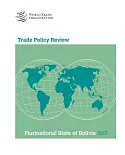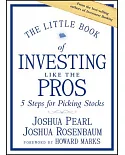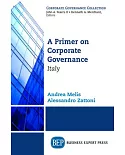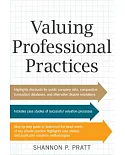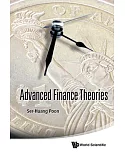For the past 30 years international monetary economists have believed that exchange rate models cannot outperform the random walk in out-of-sample forecasting as a result of the 1983 paper
written by Richard Meese and Kenneth Rogoff.
Marking the culmination of their extensive research into the Meese-Rogoff puzzle, Moosa and Burns challenge the orthodoxy by demonstrating that the naïve random walk model can be outperformed
by exchange rate models when forecasting accuracy is measured by metrics that do not rely exclusively on the magnitude of forecasting error. The authors present compelling evidence, supported
by their own measure: the ’adjusted root mean square error’, to finally solve the Meese-Rogoff puzzle and provide a new alternative.
Demystifying the Meese-Rogoff Puzzle will appeal to academics with an interest in exchange rate economics and international monetary economics. It will also be a useful resource for central
banks and financial institutions.







